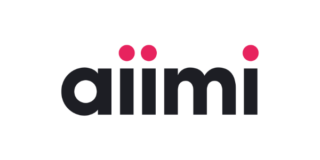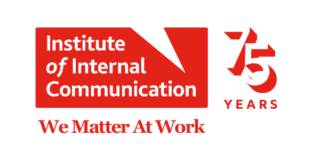
Why Did ChatGPT Get Lazy and What We Can Do About It

- Cost-Saving Measures: OpenAI may be adjusting the model to be less resource-intensive, potentially affecting response quality2.
- Model Overfitting: As the model continues to learn, it might be overfitting on specific datasets, leading to less flexible and diverse outputs3.
- Data Quality Concerns: The increasing prevalence of AI-generated content in training data could lead to a degradation in output quality over time4.
- User Feedback Integration: While generally beneficial, improperly managed user feedback could lead to the model adopting suboptimal patterns2.
Examples of “Lazy” ResponsesUsers have reported instances where ChatGPT fails to make significant improvements when asked to enhance text or correct errors2. These anecdotal reports, while concerning, should be viewed cautiously without comprehensive data on overall performance trends.
- Enhanced Training and Monitoring: OpenAI should continuously refine its training data and processes to prevent overfitting and maintain output quality3.
- User Education: Providing clear guidelines on effective prompt engineering can help users obtain better results5.
- Algorithmic Improvements: Developing more efficient processing methods that balance cost and output quality is crucial1.
- Transparency and Communication: OpenAI should maintain an open dialogue with users about performance metrics and model changes2.
Implications for Businesses
- Invest in Employee Training: Encourage employees to become proficient in using AI tools. Regular training sessions on prompt engineering and effective AI use can significantly improve the quality of outputs5.
- Monitor AI Performance: Regularly evaluate the performance of AI tools within the organisation. Identify any declines in quality and report them to the AI provider for further investigation3.
- Diversify AI Tools: Avoid over-reliance on a single AI tool. Explore and integrate multiple AI solutions to ensure that the business can maintain productivity even if one tool’s performance declines4.
- Custom AI Solutions: For businesses with the resources, developing custom AI solutions tailored to specific needs can reduce dependence on external AI providers and allow for better control over quality and performance1.
- Foster a Culture of Adaptability: Encourage a culture where employees are open to experimenting with different AI tools and techniques. This flexibility can help the business adapt quickly to any changes in AI performance5.
The perceived decline in ChatGPT’s performance likely stems from a combination of factors, including potential cost-saving measures, training data quality, and the challenges of scaling a complex AI system13. Addressing these issues requires a multifaceted approach combining technical improvements, user education, and transparent communication. Businesses must take proactive steps to ensure they continue to leverage AI effectively, recognising the dynamic nature of these tools and the necessity of ongoing adaptation and learning4.
















